Daewoo Motel [Korea Quality]대우모텔[한국관광 품질인증]
638.7M 2023-05-23
22-2, Sejong-daero 14-gil, Jung-gu, Seoul
+82-2-755-8067
Located in Bukchang-dong, Jung-gu, Seoul, the Daewoo Motel is 10 minutes’ walk from city sights such as Seoul Plaza, Deoksugung Palace and the Myeongdong shopping district. There are also many restaurants within a few minutes’ walk. The motel was remodelled and renovated in 2013, and rooms are equipped with all the usual amenities. A free breakfast plus luggage storage, laundry, and fax/photocopying services are provided.
Hwangudan Altar (환구단)
639.8M 2020-05-07
112, Sogong-ro, Jung-gu, Seoul
+82-2-3396-5842
Hwangudan Altar, also called Hwandan Altar, refers to an altar complex for the rite of heaven. The rites were first performed in the Goryeo dynasty by King Seongjong in the first month of 983 (2nd year of his reign), but was repeatedly adopted and abolished, and eventually stopped at the start of the Joseon dynasty.
Then in 1456 (2nd year of King Sejo), the practice was temporarily standardized and the rites were performed at Hwangudan Altar again in 1457. However, rites were again abolished in 1464 (10th year of King Sejo). It wasn’t until 1897 (34th year of King Gojong) when the Joseon dynasty was renamed as the Korean Empire and King Gojong ascended to emperor, that the rite was revived.
Now, Hwangungu Shrine and three stone drums stand at the location of the former altar complex. The three stone drums symbolize the instruments used for the rites. The shrine was completed in 1899, two years after the altar was started in 1897. Today, the Hwangungu Shrine still stands within the hotel grounds of the Westin Chosun Hotel.
Olive Young - Mugyodong Branch [Tax Refund Shop] (올리브영 무교동점)
643.0M 2024-06-26
1F, 24, Mugyo-ro, Jung-gu, Seoul
-
Lacantina (라칸티나)
659.3M 2021-03-29
19, Eulji-ro, Jung-gu, Seoul
+82-2-777-2579
The first Italian restaurant in Korea. This Western dishes restaurant is located in Jung-gu, Seoul. The representative menu is pasta.
Bugeogukjip (북어국집)
667.3M 2024-12-27
38, Eulji-ro 1-gil, Jung-gu, Seoul
+82-2-777-3891
Bugeogukjip (formerly “Teojutgol”) is a restaurant behind City Hall in Seoul that has been serving up authentic dried Pollack soup since 1968. Despite a name change, the restaurant has proudly stood in this same location for decades, earning a strong reputation for its dried Pollack soup made using traditional cooking methods.
Since the restaurant only serves one thing—dried Pollack soup—there are few preparations to be made and the meal arrives on your table in minutes. Customers are free to serve themselves basic side dishes such as kimchi and can have as many servings of rice as they’d like, allowing diners to enjoy a hearty meal at a low price. While the restaurant’s design and menu may be simple, Bugeogukjip takes pride in its long history and the careful efforts that have earned it a reputation as one of the most notable restaurants in Seoul.
Samwon Ilsik (삼원일식)
674.5M 2021-03-19
32, Mugyo-ro, Jung-gu, Seoul
+82-2-777-3680
This is a Japanese cuisine located in Cheonggyecheon Stream, Seoul. This restaurant is one of Mugyo-dong's best kept secrets. The best menu at this restaurant is codfish stew.
Sejong Center (세종문화회관)
680.8M 2023-06-14
175, Sejong-daero, Jongno-gu, Seoul
+82-2-399-1000
Sejong Center, officially known as Sejong Center for the Performing Arts, opened on July 1, 1999 to provide citizens with a cultural art space. Having completed a grand remodeling project in 2007, Sejong Center offers customer-friendly programs aimed at improving the quality of art performances in a comfortable resting area. Comprising the Grand Theater of Sejong Center, Sejong M Theater, Sejong Chamber Hall, Exhibition Hall, and other subsidiary facilities, Sejong Center is a multicultural art center.
Various genres of performances including traditional, classic, and crossover have taken place in the center, giving many opportunities for cultural nostalgia.
* Opened April 14, 1978
Kyobo Book Centre Gwanghwamun (교보문고)
685.1M 2024-12-04
1 Jong-ro, Jongno-gu, Seoul
02-3295-0312
Kyobo Book Centre is the first large-scale bookstore in Korea, and this particular store can be found next to Gwanghwamun Square. Kyobo Book Centre Gwanghwamun divides its internal area into 11 sections and organizes them in a way that allows readers to find books easily. The store also has specialized shops for stationery, digital devices, and accessories, as well as exhibition spaces and cafés.
Hottracks - Gwanghwamun Branch [Tax Refund Shop] (핫트랙스 광화문점)
687.7M 2024-04-23
1, Jong-ro, Jongno-gu, Seoul
-
Jeonju Hoegwan (전주회관)
689.1M 2019-08-31
32-1, Sejong-daero 14-gil, Jung-gu, Seoul
82-2-778-6689
Well-known among both Koreans and foreigners, this restaurant has been specializing in traditional Korean dishes for more than 50 years. Its gopdol bibimbap is patented and also the most popular dish in the restaurant.
![Daewoo Motel [Korea Quality]대우모텔[한국관광 품질인증]](http://tong.visitkorea.or.kr/cms/resource/80/2594580_image2_1.jpg)
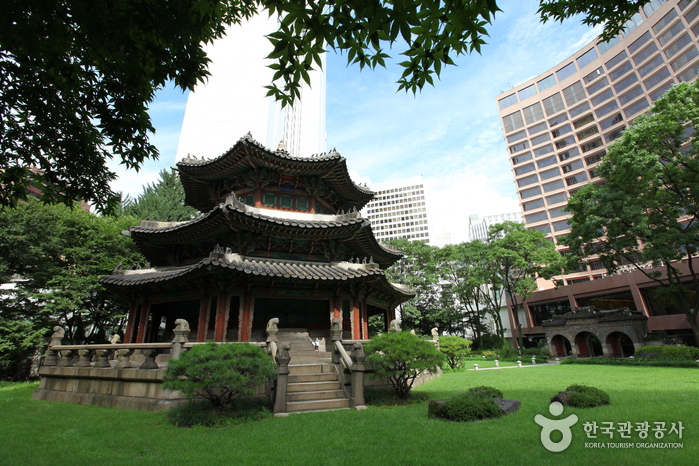

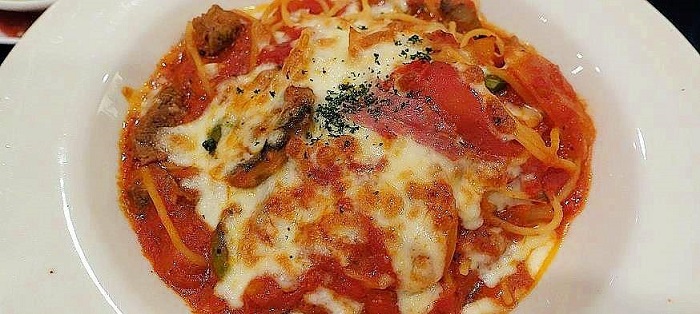
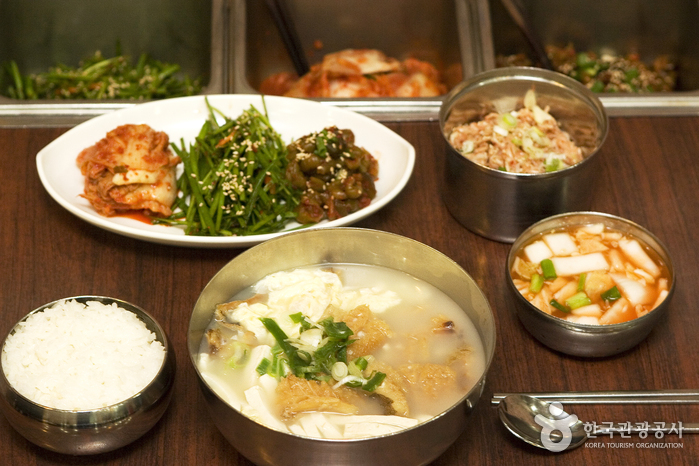
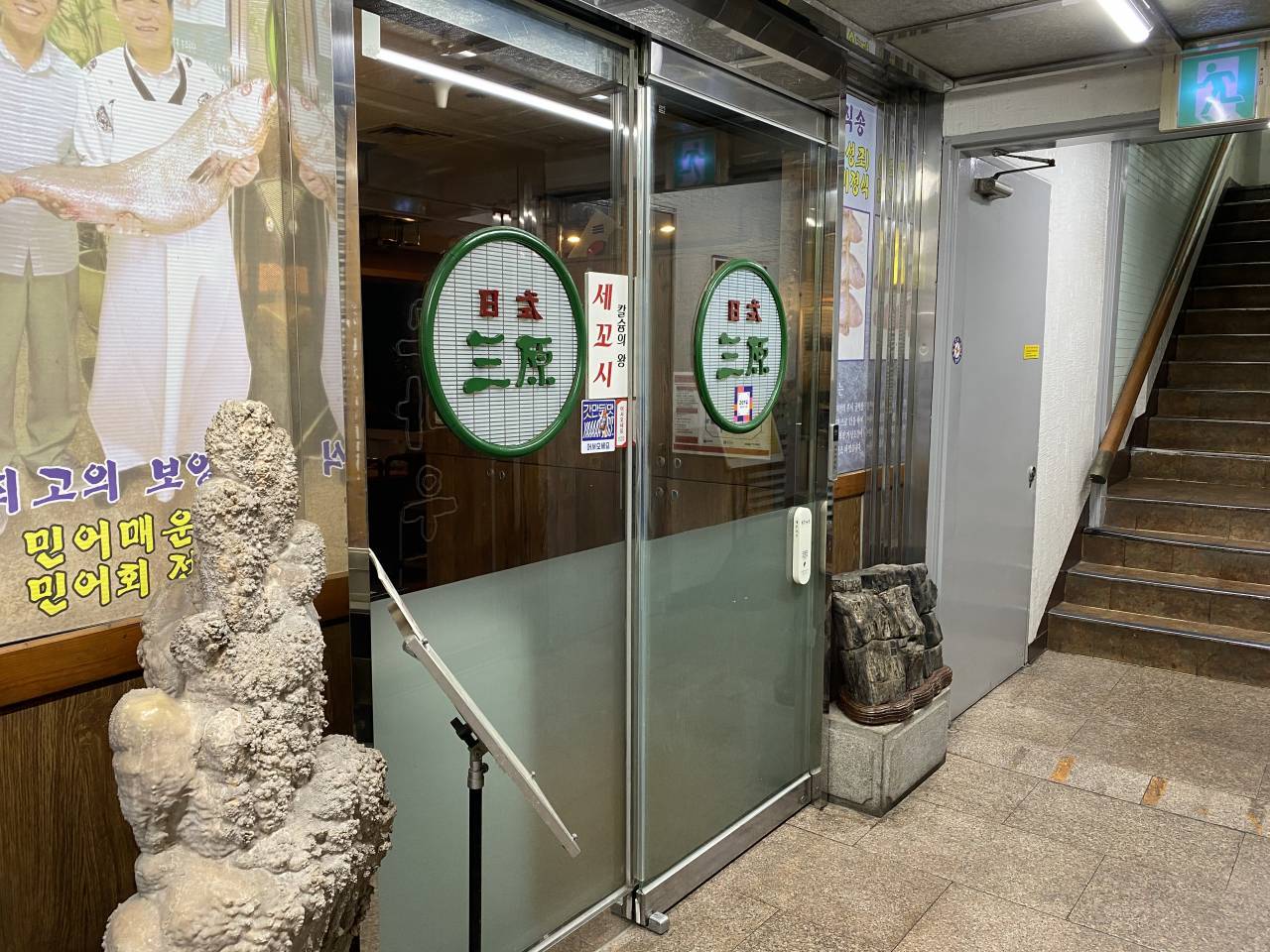
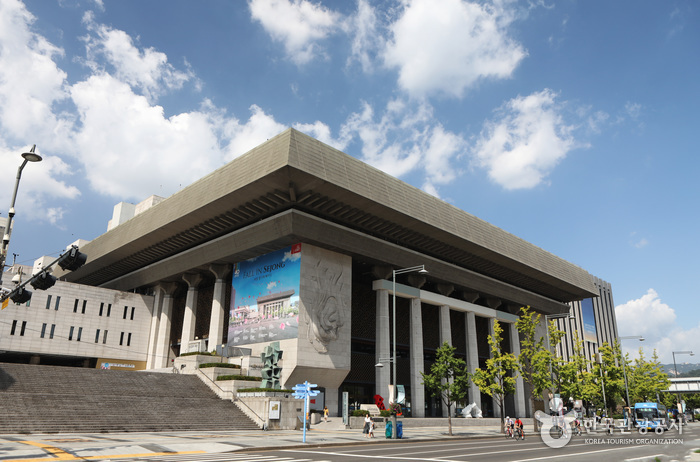
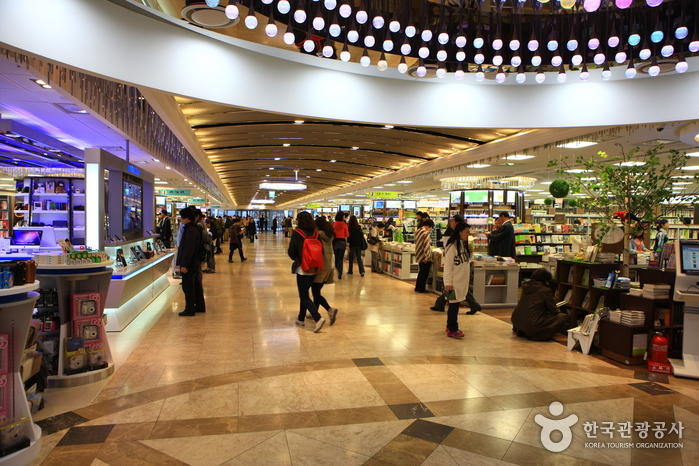
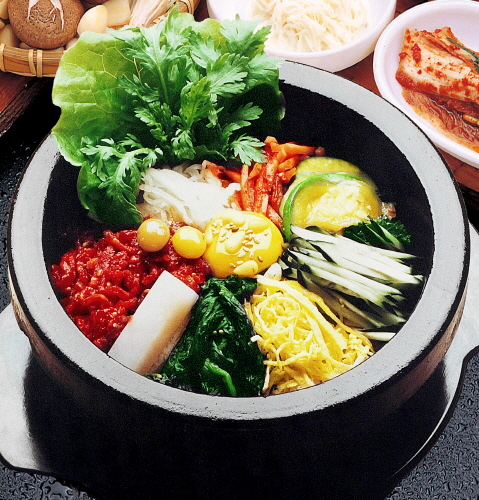
 English
English
 한국어
한국어 日本語
日本語 中文(简体)
中文(简体) Deutsch
Deutsch Français
Français Español
Español Русский
Русский